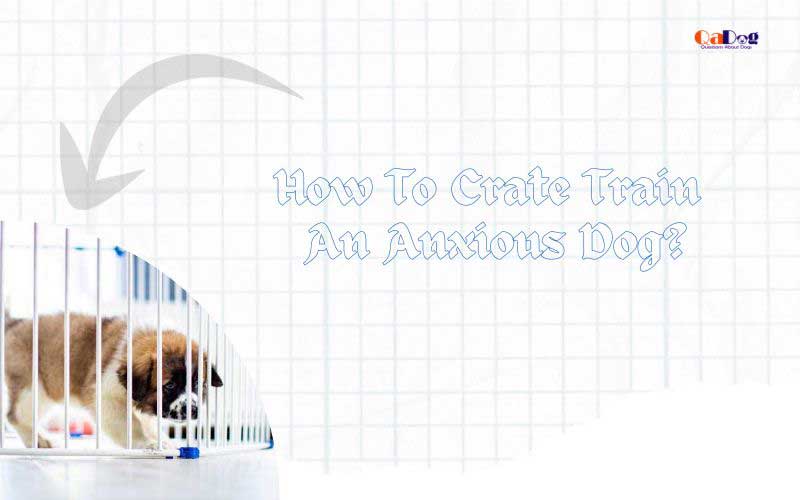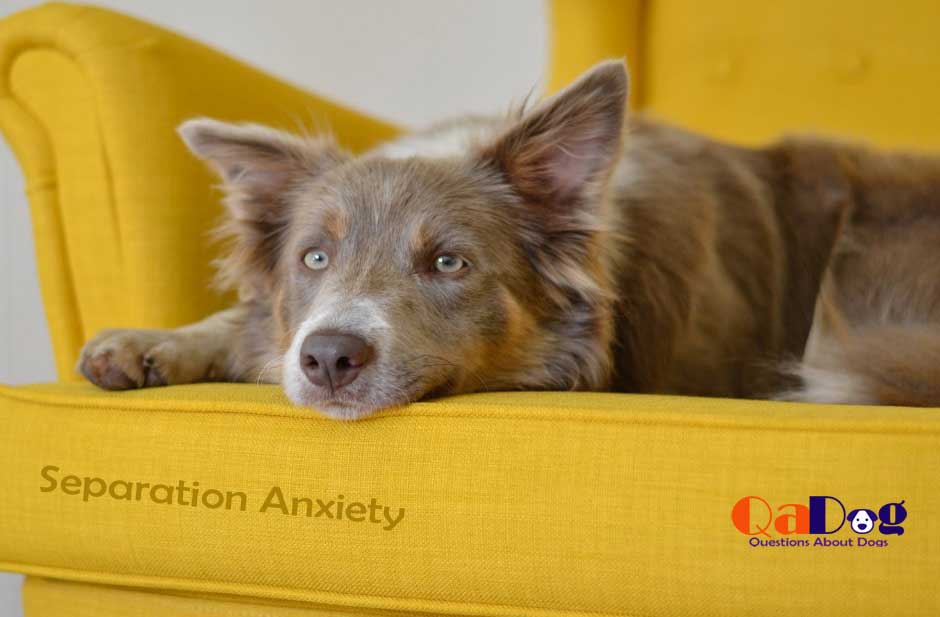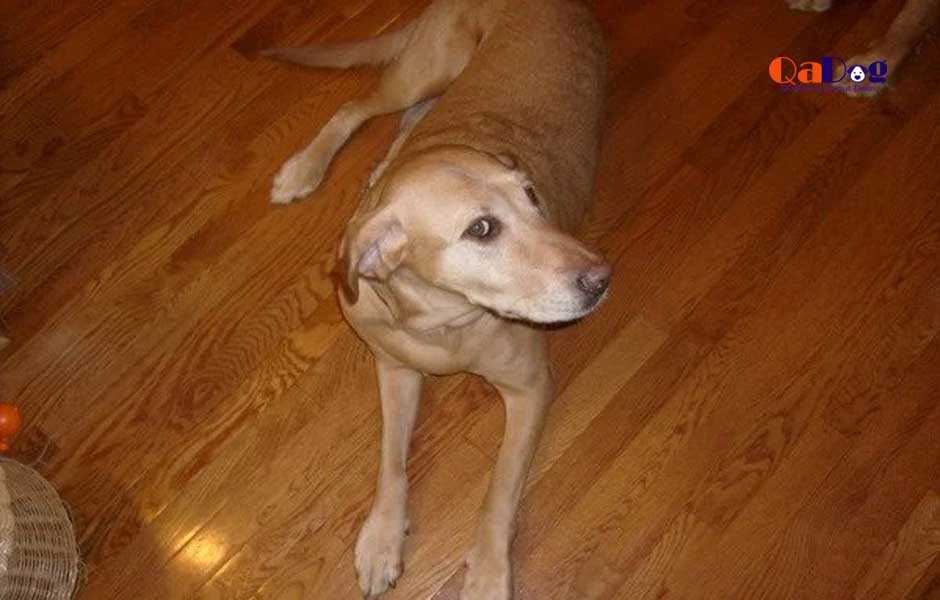Products are linked after in-depth research. From qualifying purchases, I receive commissions as an Affiliate Associate but with no extra cost to the buyers.
Anxiety is kind of obnoxious and uncomfortable for any specific incident. Anxiety is common for all organisms having semblance with humans. Anxiety in dogs occurs due to several reasons, especially separation anxiety. That’s why learning the ways to crate train an anxious dog has become mandatory for the dog owner. The rate of separation anxiety is comparatively higher in rescue dogs. Again, loneliness and boredom also cause anxiety in dogs, resulting in your dog’s destroying his bed in his crate.
What Identifies A Dog To Be Anxious?
Anxiety is indeed a common phenomenon for all organisms, including humans and dogs too. Some behavioral changes which indicate your dog is anxious:
- Barking or howling irregularly
- Running away to the corners with no reason
- Not eating properly
- Digging
- Excessive licking and chewing
- Breaking out of the crate and destroying the house
- Damaging the home stuff
- Urinating and defecating frequently.
Can Crate Training Calm An Anxious Dog?
Yes, crate training has always been a significant part of dog training as well as grooming. Crate training can add a sense of security to your dog. Moreover, when puppies get familiarized with a dog crate, they fear it no more. Instead, they start considering the crate as a safe boundary. Crate training reduces separation anxiety and, at the same time, keeps your dog calm and quiet. It’s a kind of practical training for your dog to remain calm. Initially, staying in the crate might be stressful. But gradually, with regular intervals, it becomes a habit for your dog to stay calm. That’s why it can be said that crate training plays a crucial role in keeping a dog calm.
Does Crate Training Make A Dog Self-Dependent?
Vets and renowned Professionals strongly recommend crate training your dog. This crate training is vital for keeping your dog calm when you aren’t around. Separation anxiety often causes dogs to chew up and destroy everything in the home. But he is crate appropriately trained; he will get used to the incident. Gradually, your dog will learn to preserve the house and the crate after being crate trained. That’s why crate training is essential for your dog to keep him calm and protected from harmful pointed substances at your home. This self-consciousness in your dog will eventually make him self-dependent.
Why Do Dogs Get Anxious In The Crate?
Anxiety is the root cause of all destructive behaviors in dogs. But this anxiety emerges in dogs due to several reasons. Some of the mention-worthy reasons for which your dog might be anxious include the followings:
- Separation anxiety due to missing the owner or biological mother in the case of the puppies
- Confinement anxiety due to being confined in a small sized crate for long hours. This anxiety is initially seen in the newbies going through crate training.
- Boredom-induced anxiety is caused if your dog is let alone at home. For example, it’s obvious that you have extended working hours; but that leads to your dog being anxious.
- Illness-induced anxiety is the most severe of all these mentioned anxiety. This anxiety might be an indication of your dog’s poor immune system or underlying disease.
You find your dog anxious while he is in the crate. That evidently describes that he is not at home in his crate. Either your dog isn’t crate trained properly, or the crate might not be according to his requirement. Firstly, the crate problem needs to be dissolved. Only then can you prevent your dog from being anxious in the crate.
How to Calm an Anxious Dog in Crate?
To calm your anxious dog at home, you need to make the crate more suitable for him to stay inside. You have to allow your dog to relax when he is inside the dog crate. If the crate isn’t comfortable for him, he will, of course, reject staying inside. That’s why; it is the foremost duty of the owners to make the dog crate more attractive to your fur baby by adding toys and treats. Other effective methods that can calm your anxious dog include- dog massaging, using the dog snuggle toy, and exercising. However, treating a dog with separation anxiety is mandatory.
Why Does My Dog Hate Being Crate-Trained?
In the case of the puppies, this type of rejecting attitude is often observed in dogs. The free dogs who were previously allowed to roam without barriers would never prefer staying in the crate as a captive for long hours. Other reasons why your dog rejects crate training include the following:
- The dog crate is too small for your dog to fit in
- The crate doesn’t seem interesting to him due to the lack of treats and toys
- Because of negative associations
- Boredom and loneliness in the crate cause anxiety
- Lack of a crate bed inside
- Lack of upgradation of the dog crate
How to Crate Train an Anxious Dog?
The best way to crate train your anxious dog is to make the dog crate attractive and peaceful to him. Some steps that can be followed to crate train your anxious dog include the following:
- Making your dog familiar with the dog crate: The first step of crate training your anxious dog is to familiarize your dog with the crate. You should introduce the dog crate to your fur baby just like a home with no fears.
- Making the dog crate attractive: Some tricks to make the dog crate more attractive and enjoyable for your dog includes adding an indestructible dog bed inside the crate, adding interesting toys and long-lasting treats inside the crate, and more.
- Making your dog’s way to the crate interesting: Let’s hatch a plan first. You need to make your dog’s way to the crate interesting. For example, while your dog is entering the crate, lay down interesting treats on the way to his crate. The crate should also be nicely decorated, containing anxiety-relieving toys, like the dog snuggle toy, long-lasting chews to eradicate boredom, and a comfy bed.
- Extend his time being alone in the crate: Initially, you have to let your dog stay alone in the crate in your absence, maybe for 10 to 15 minutes. Later on, when your dog gets used to this habit, you need to extend that crate training time up to hours. Every time your dog abides by your orders while crate training, you need to award him with exciting toys.
The Bottom Line
Crate training an anxious dog isn’t that much tough as it sounds. All you need is some patients and spiritual determination. It is common for dogs to be anxious while in the crate due to separation from the owner. But that will be ok when he is crate trained properly. Using rewards, like chews and treats, makes the work easier. Other interesting things that simplify the task include an indestructible toy and a comfortable bed. However, no matter what, you should not scold your fur baby while crate training. Because this scolding won’t help; rather, it will make him more anxious in the crate, considering it as a prison.







